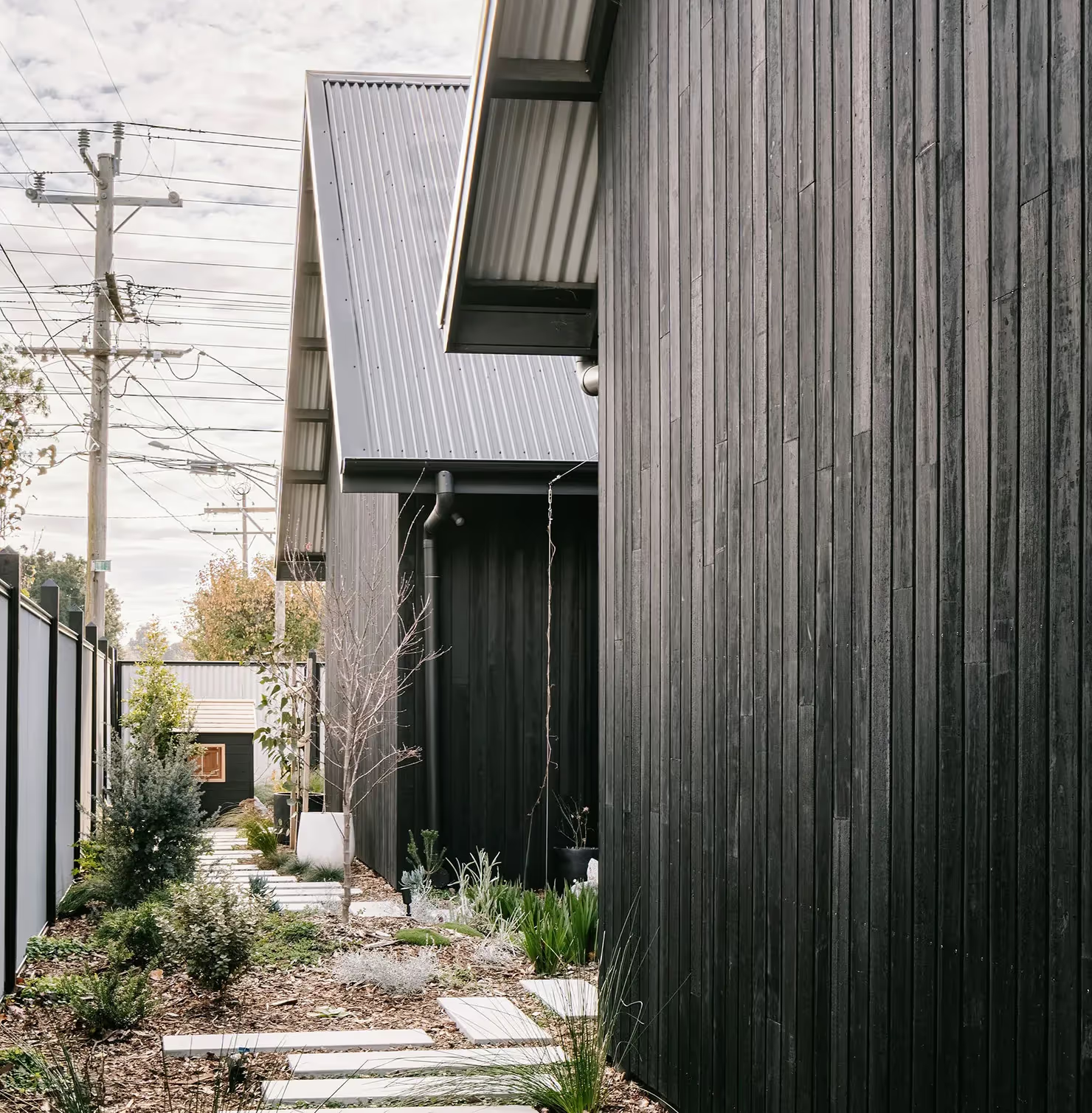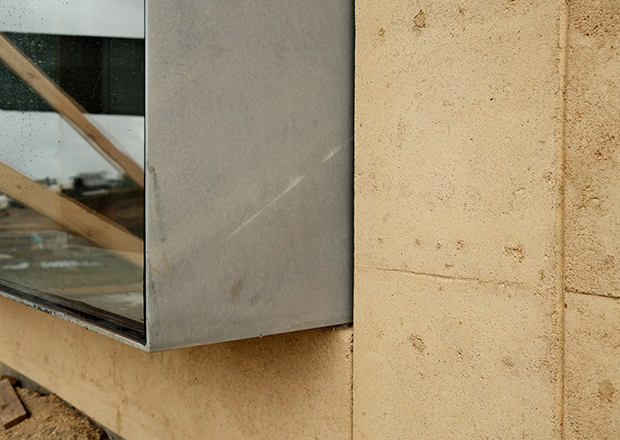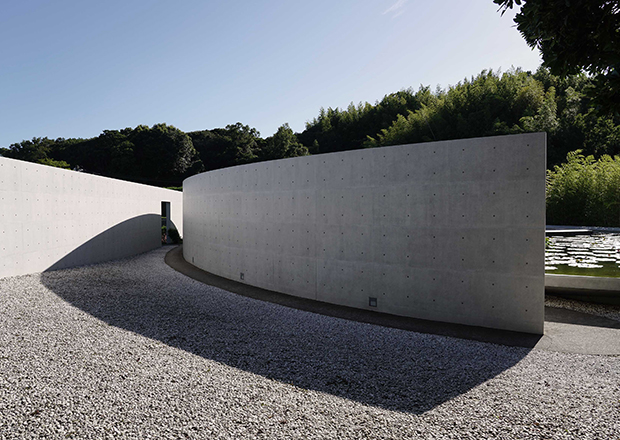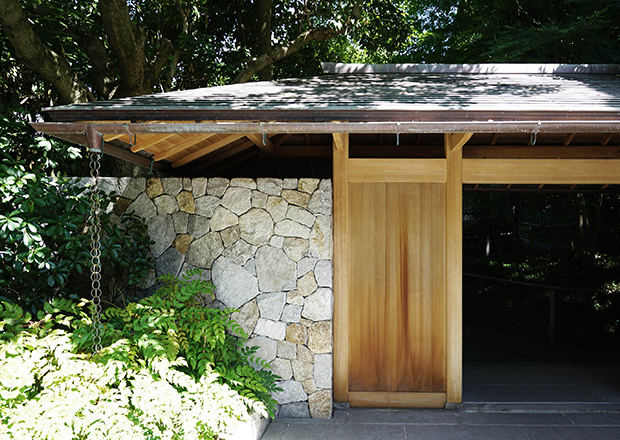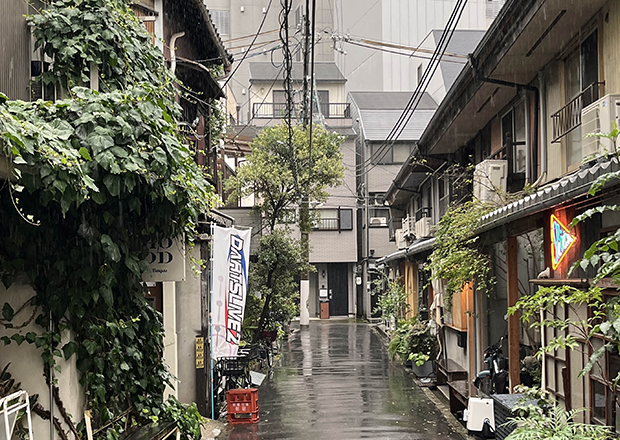To optimise the performance of your home without adding cost or turning on a heater or cooler, the correct orientation is the most important element to a Passive Solar Design.
The next most important element is sun shading. As we predominantly live in a colder climate (Melbourne weather) we find that our homes need more heating than cooling across the year. So to achieve this we design eave depths, roof overhang or pergola to maximise the sun in winter and transitions months and then block out as much sun as possible in summer and the hotter transition months. This is done by understanding the sun’s angles and then having the Eave, roof or pergola depth respond to those angles.

Diagram of roof overhang, sun and orientation

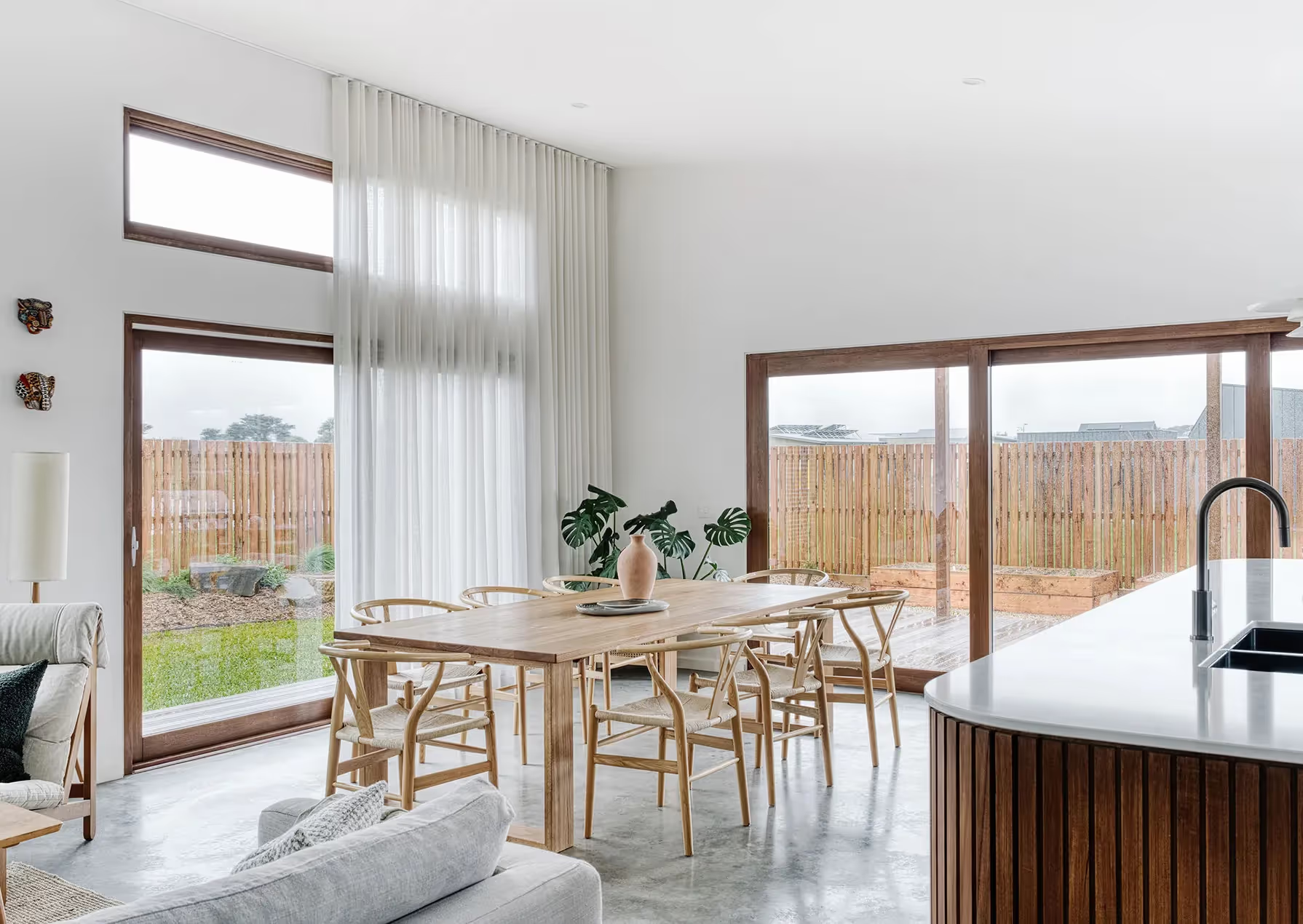
Generally the sun in winter is 29–33 degrees and in summer 65–67 degrees. If you reference the diagram above the roof overhang projects out past the house stopping the 67 degree sun angle from coming into the house. This means your home isn’t getting excessive sunlight from penetrating your home. Then in winter or transition months we want all the sunlight possible. As the sun rises from the East the angle of the sun is much lower and in winter the sun is approx. 29–33 degrees. So if we can ensure the roof overhang doesn’t block this winter sun angles means we can maximise as much sun penetration ‘passively’ (passive solar) as we can which means we don’t need heating as our home, orientation, roof over-hang and glazing are allowing the sun (free energy) to enter our home.
The last two important elements to this is glazing and thermal mass. If the sun can penetrate the home in the colder months and can heat up thermal mass like a concrete slab it means that heat you have gotten for free is being stored for a longer duration. That heat is then slowly released by the slab like your own in-built heater. The more sun on the slab the better and can then heat your home for the entire day.
So with summer we don’t want any sun touching the slab as then it will store that heat and it will become to hot in the home. If we can keep the slab cool it will mean the home will stay cooler for a lot longer on those hotter days or hotter months.
Good quality glazing and insulation then play a really important roll in the transition of cold and heat in the home. The better the quality glazing and the more insulation you can have means a slower transition between cold to hot or hot to cold.
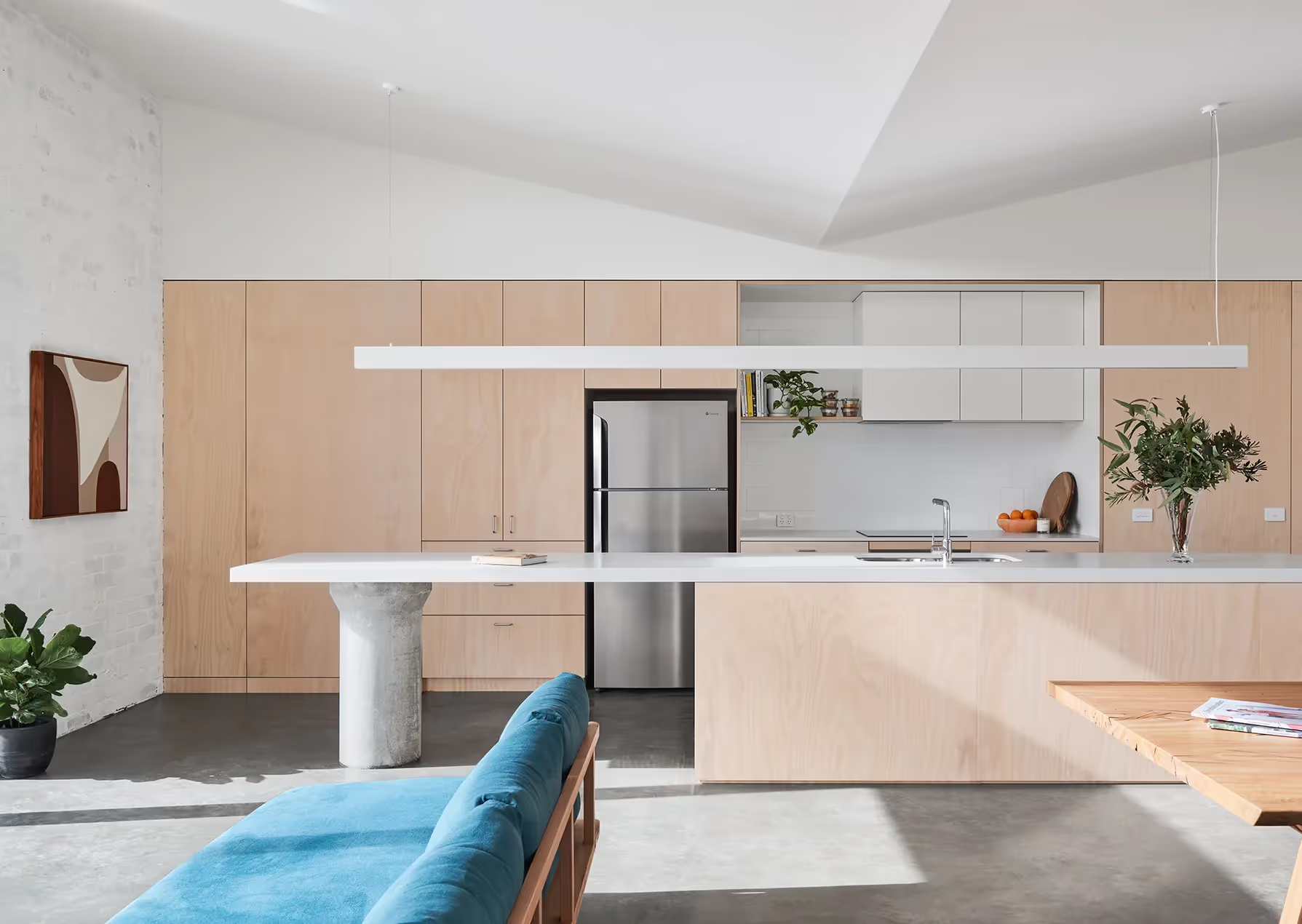




Hungry for more?
Make sure you subscribe to our newsletter and follow The Sociable Weaver on Instagram for design tips, inspiration, and behind the scenes of our latest builds.
Join our newsletter

